Last updated on 2025-08-01
A review and photo examples of the KONICA M HEXANON 90mm F2.8.
- Please see the disclaimer regarding advertising here.
- Italicized links in the text are advertisement links that take you to other sites.
Table of contents
Photo example
- The sample photo were taken with the LEICA M8
Review
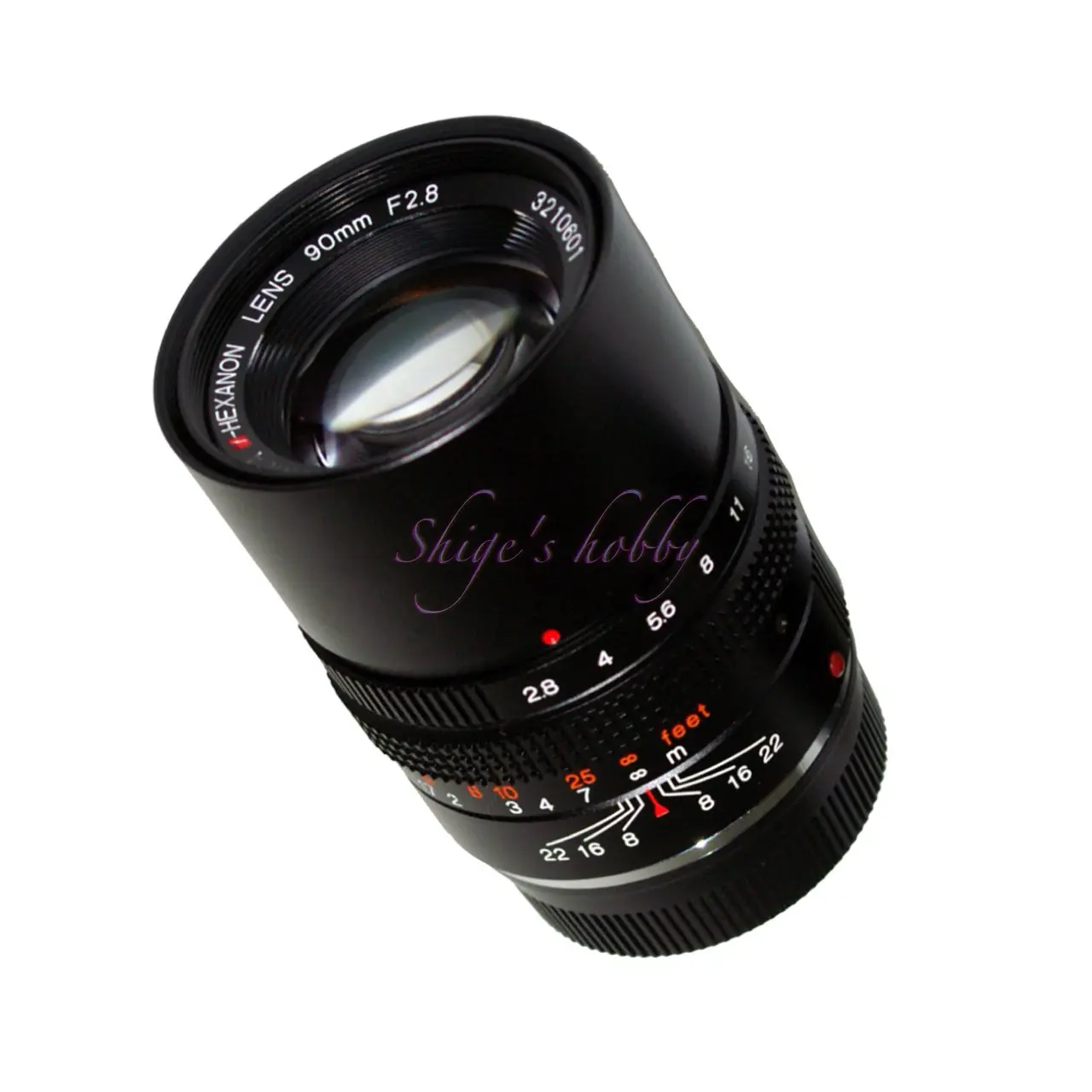
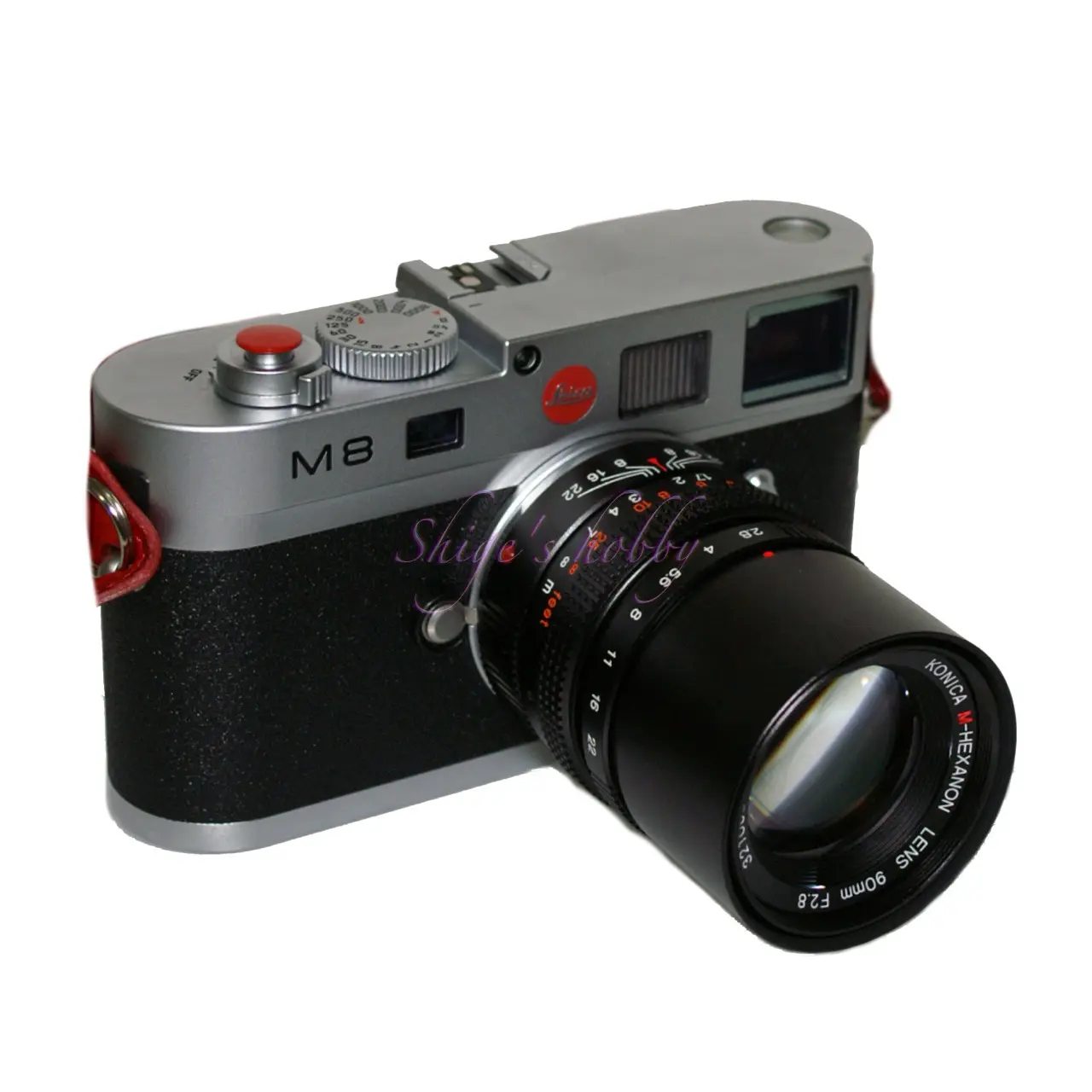
1.Overview
The Hexanon 90mm F2.8 is the longest focal length lens among the six Konica M-mount lenses released by Konica along with the Hexar RF in 1999.
The main specifications are as follows, and the detailed specifications are listed in the table.
- Aperture: 2.8
- Lens construction: 5 elements in 4 groups
- Aperture blades: 10
- Minimum focusing distance: 1.0m
- Leica M rangefinder camera rangefinder linkage: 1.0m
- Hood: Built-in pull-out hood
- Lens color variations: Black
A detailed explanation of the lens is given in the technical report from Konica (now Konica Minolta), which states that the designers used the Ernostar type for the lens configuration.
Looking at the lens configuration, it has been improved from the four-element, four-group Ernostar to make a total of five elements in four groups, with the two elements in the rear group being cemented lenses.
The lens hood is built-in and can be pulled out from the tip of the lens barrel; there is no hood locking mechanism like some Leica lenses. A snap-on lens cap is included.
2.Usage
The Hexanon 90mm F2.8 has the same solid image quality as other M-mount HEXANON lenses, even at full aperture. The focus ring is as smooth as other HEXANON lenses, and there is a sense of consistency with the series.
As far as I can tell from using it with a Leica M8, when shooting at full aperture F2.8, there was no problem with the focus accuracy due to the overlapping of the double image, and it captured the intended location.
However, when using a 90mm lens with an M-type Leica viewfinder with a magnification of 0.7x or less, I don’t like the mundane task of constantly cutting out a very small part of the center of the viewfinder’s field of view.
After all, when it comes to a focal length of around 90mm, it is more practical to use it with a single-lens reflex camera.
Mirrorless cameras, which have been gaining in popularity to replace single-lens reflex cameras, are equipped with easy-to-view EVFs, so you can enjoy using a 90mm lens, which was previously considered a burden on rangefinders. Technological progress is great.
I bought this lens when I was collecting the Konica Hexanon series. It was cheap and I bought it just to try it out, so I didn’t use it much.
I also have a Contax G Sonnar with a focal length of 90mm that I had modified by Ms-Optics, and I was satisfied with the image it took, which is why I don’t have much attachment to this lens.
Telephoto lenses with a focal length of 90mm or less are unpopular lenses for rangefinder cameras, and they have maintained low prices even in the 2020s when rangefinder lenses are becoming increasingly expensive. Perhaps because they are becoming scarce, they are occasionally priced at high prices, but they do not seem to sell at those prices.
3.Summary
To sum up the Hexanon 90mm F2.8, it has a solid lens barrel that is common to the Konica M mount, is easy to use, and is a standard telephoto lens for rangefinders, so there are no complaints about the image it produces.
The compact lens barrel fits easily in a bag and is easy to handle.
If you go out shooting with only a prime lens, you may find you need to keep it in your bag.
However, if you do this, it will often just end up being an unnecessary burden, so you should be prepared to just carry the 90mm and search for your subject.
Specification and Competitor
The lens configuration of this lens is almost the same as that of the Contax G Sonnar 90mm, and it is likely that this specification is what you will end up with if you are looking for low cost and practical performance with a focal length of 90mm.
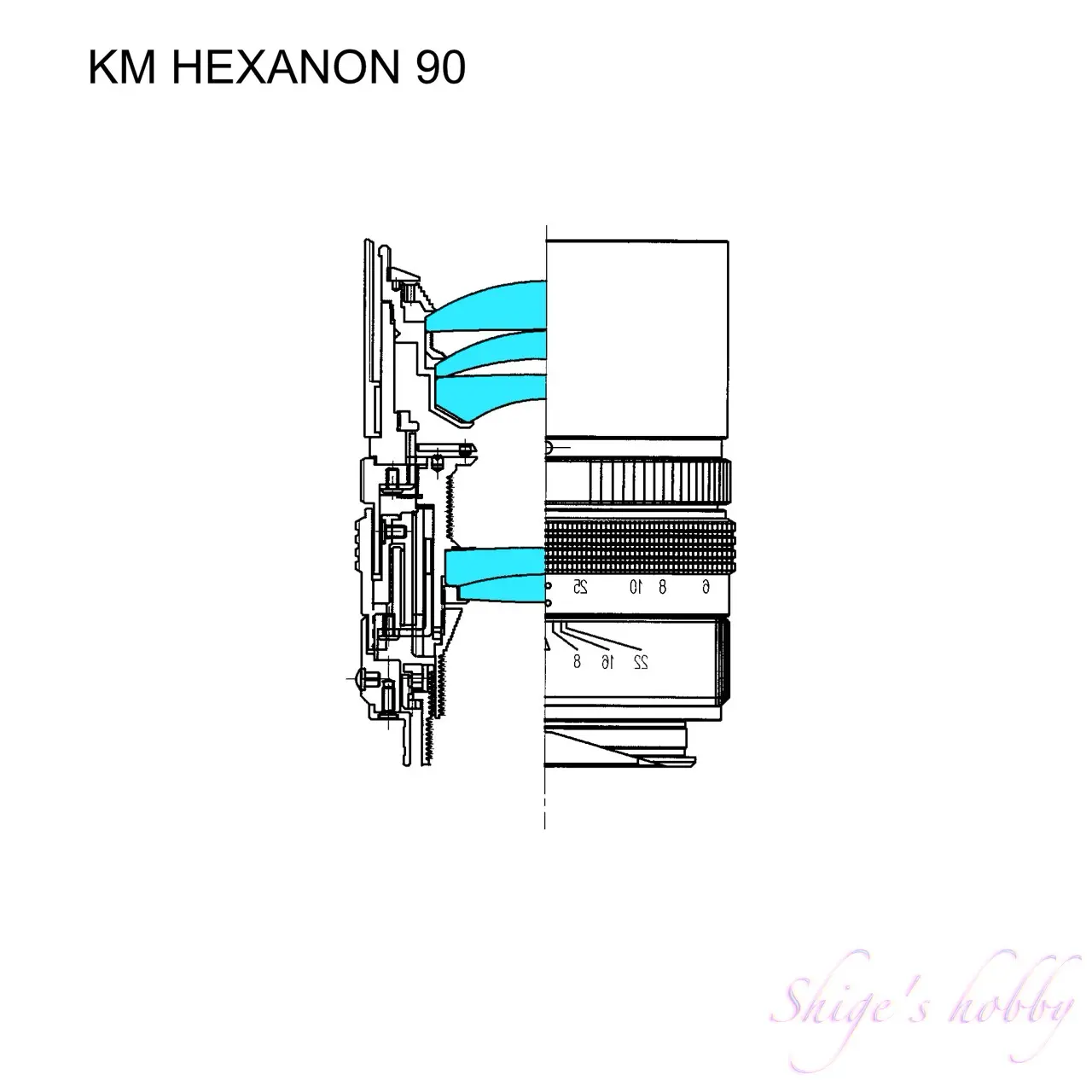
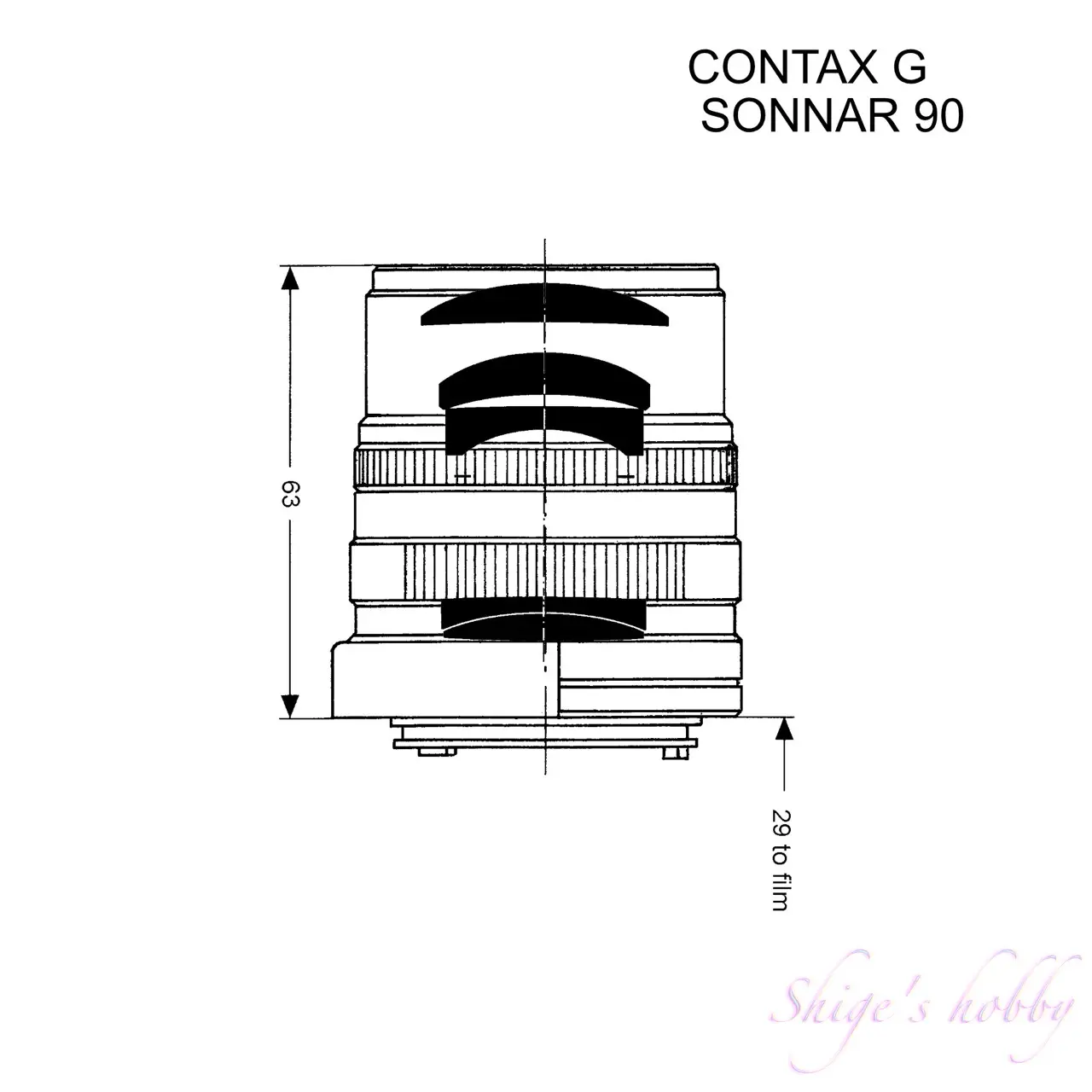
| Item | HEXANON | G SONNAR |
| focal length(mm) | 90 | 90 |
| Maximum aperture | 2.8 | 2.8 |
| Minimum aperture | 22 | 22 |
| Lens configuration | 4groups in 5elements | 4groups in 5elements |
| Minimum distance(m) | 1.0 | 1.0 |
| Lens length(mm) | 69 | 63 |
| Lens max diameter(mm) | 55 | 56 |
| Filter diameter(mm) | 46 | 46 |
| Weight(g) | 330 | 240 |
| Release date | 1999 | 1994 |
| Focal length | Lens name | Release date | Technical Report |
| 28mm | M-HEXANON f28 / F2.8 | 1999年 | 28/50/90mm-PDF |
| 50mm | M-HEXANON f50 / F2 | 1999年 | 28/50/90mm-PDF |
| 90mm | M-HEXANON f90 / F2.8 | 1999年 | 28/50/90mm-PDF |
| 35mm | M-HEXANON f35 / F2 | 2000年 | 35mm-PDF |
| 50mm | M-HEXANON f50 / F1.2 | 2001年 | 50mm/F1.2-PDF |
| 21-35mm | M-HEXANON f21-35 / F3.4-4 | 2002年 | 21-35mm-PDF |
Affiliate links
- Please see the disclaimer regarding advertising here.
- Italicized links in the text are advertisement links that take you to other sites.

Reference links
Update
- 2025.5.23
- 2024.03.15:Update the article
- 2022.05.22:First draft

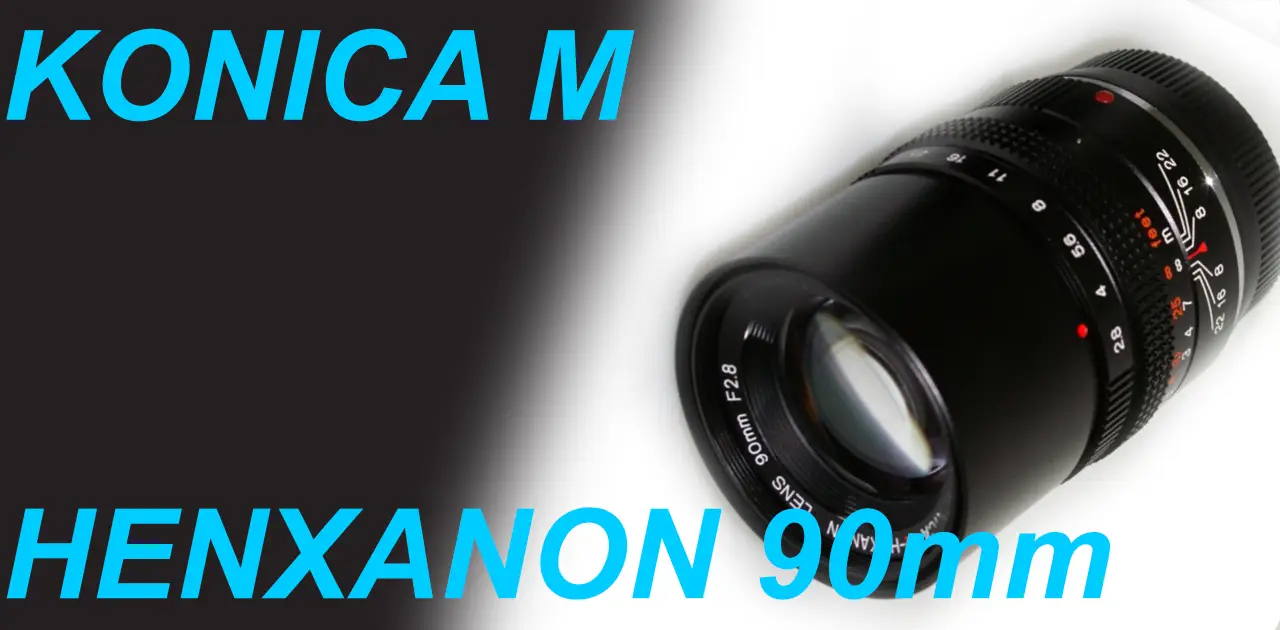

Be First to Comment